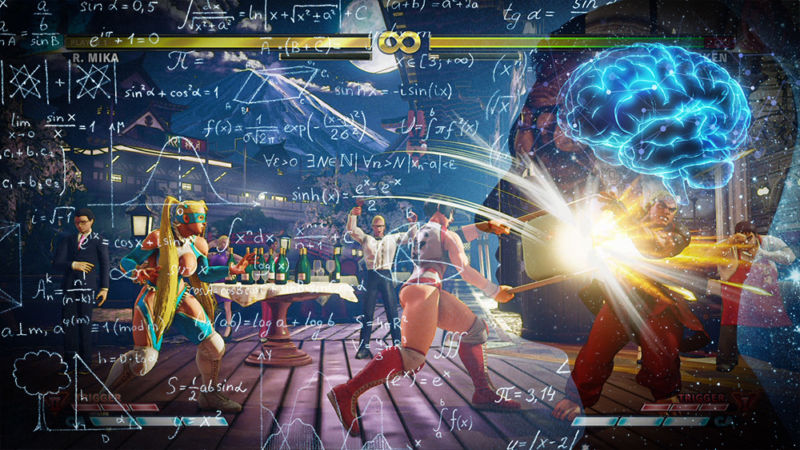Explaining how fighting games use delay-based and rollback netcode

Enlarge (credit: Aurich Lawson / Capcom / Getty Images)
Ricky "Infil" Pusch is a long-time fighting game fan and content creator. He wrote The Complete Killer Instinct Guide, an interactive and comprehensive website for learning about Killer Instinct. This article was originally published there.
Hang around the fighting game community for any period of time, and you'll hear discussion about why playing fighting games online can be frustrating. A genre built on twitch reflexes and player reactions, fighting games can struggle at times to translate their offline success to online environments. Good online play is possible, though, and nothing is more important for realizing this goal than choosing the right approach to netcode.
At its core, netcode is simply a method for two or more computers, each trying to play the same game, to talk to each other over the Internet. While local play always ensures that all player inputs arrive and are processed at the same time, networks are constantly unstable in ways the game cannot control or predict. Information sent to your opponent may be delayed, arrive out of order, or become lost entirely depending on dozens of factors, including the physical distance to your opponent, whether you're on a Wi-Fi connection, and whether your roommate is watching Netflix.
Read 165 remaining paragraphs | Comments